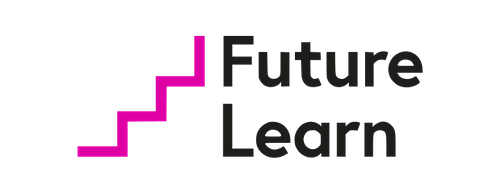Physics, Astronomy, and Space: Teaching Secondary Science
Course Features
Duration
3 weeks
Delivery Method
Online
Available on
Lifetime Access
Accessibility
Mobile, Desktop
Language
English
Subtitles
English
Level
Beginner
Effort
3 hours per week
Teaching Type
Self Paced
Course Description
Course Overview
Alumni Network
International Faculty
Post Course Interactions
Instructor-Moderated Discussions
Skills You Will Gain
What You Will Learn
Explain scientific phenomena that often come up when teaching secondary level space science and astronomy in an accurate and comprehensible way for your students, considering their prior knowledge and common misconceptions
Discuss student and teacher perceptions of science and use this to inform your teaching practise
Explore a range of resources that could be used when teaching physics and astronomy and how they could be used to cover multiple disciplines of science along with important skills through working scientifically
Reflect on how science is taught in classrooms and explore different ways of approaching it
Identify what science capital is, the dimensions used to measure it and why it is an important consideration when teaching science
Target Students
This course is designed for any secondary (11-16) science teachers looking for new ideas or alternative methods to teach space science and astronomy
Course Content
Course Instructors
Course Accreditations
Course Reviews
Average Rating Based on 2 reviews
50%
50%
